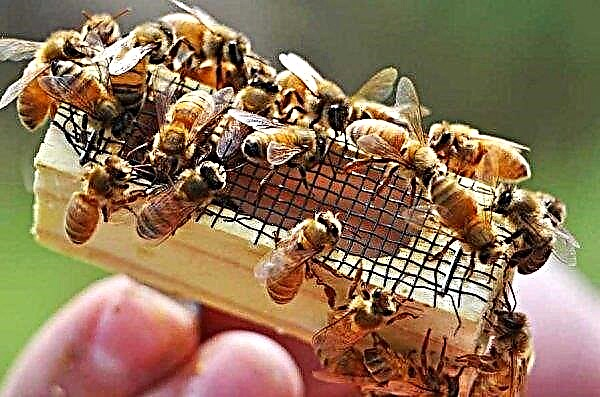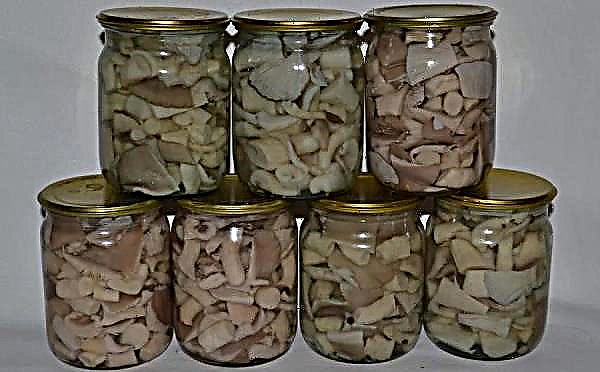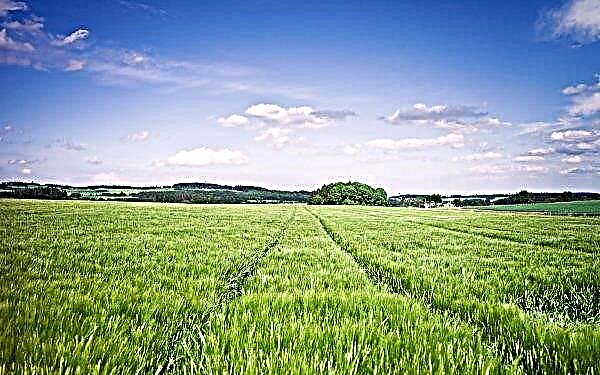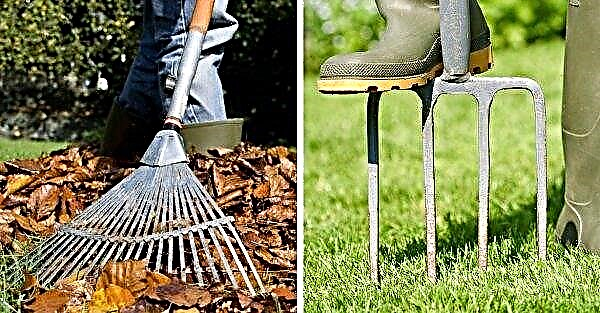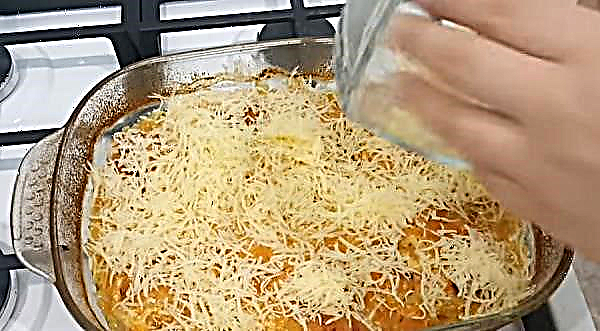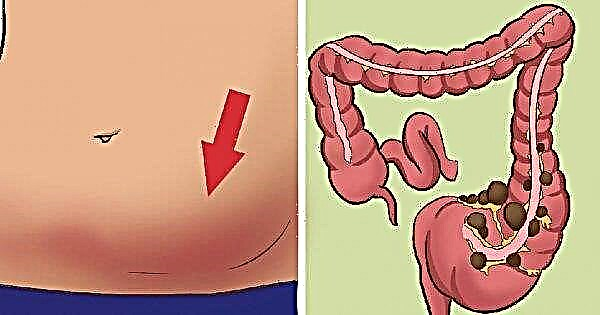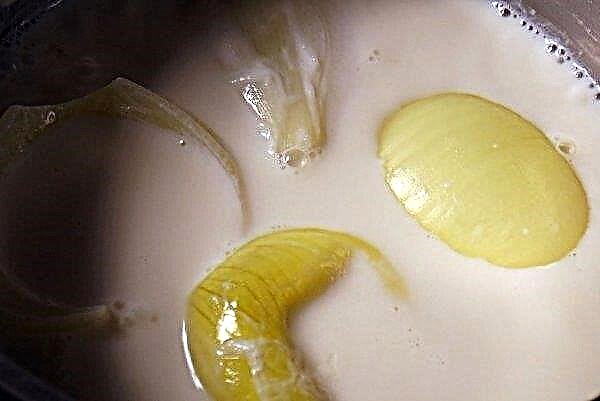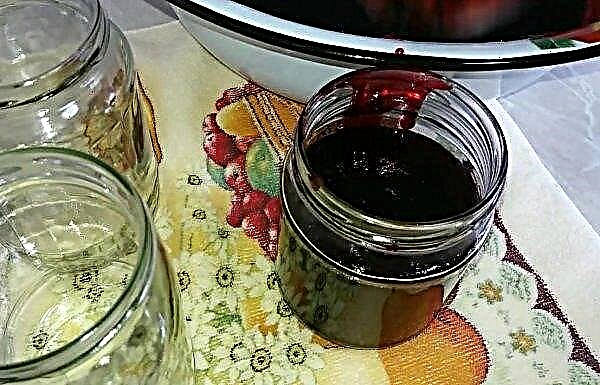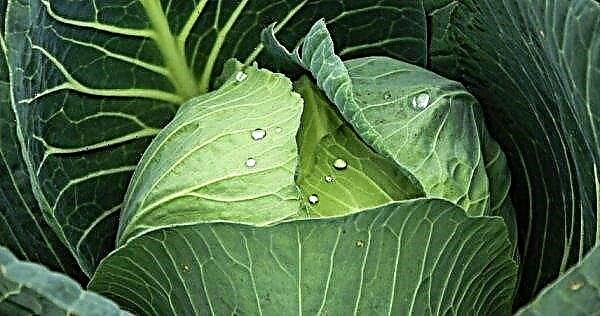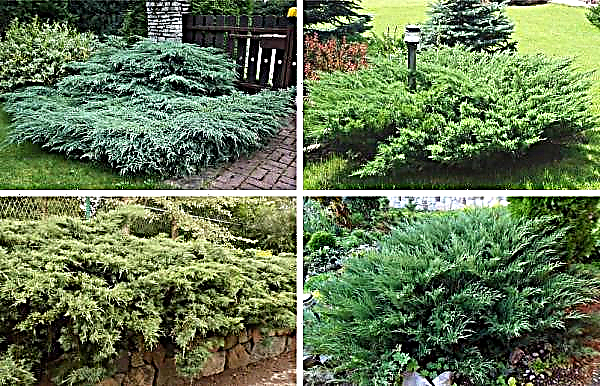Vegetable crops that are not afraid of temperature extremes are very popular with gardeners. A new tomato variety “Petrusha Ogorodnik” meets these requirements, grown in a greenhouse and on open ground.
Characteristics and detailed description of the variety
According to the register of varietal plants, the characteristic of “Parsley” is as follows:
- shtambovy bush, up to 60 cm high;
- matures within 95-110 days after planting seedlings;
- the bush is not too branched, does not require formation;
- foliage is small, dark green in color;
- inflorescences are simple, 5–7 fruits are tied on one hand;
- cylindrical tomatoes, with a pointed lower part;
- saturated raspberry color;
- weight of tomatoes up to 200 g;
- the pulp has more than 6 chambers with seeds; it tastes sweet and sour, juicy;
- yield up to 6.5 kg per m²;
- Does not crack during transport.

Origin and application
The originator of the variety is V. Dederko, a plant grower from Novosibirsk. He was included in the register of the State Commission of the Russian Federation “Petrusha Ogorodnik” in 2013. It is recommended for cultivation in all climatic conditions, in regions with a cold climate under a film shelter.
The main use is fresh, in salads. The elongated shape of the fruit is not very convenient for canning, but pickling and salting in large containers is practiced. Juice is tasty because of the high content of sugars in the fruit.
Did you know? At home «Parsley» can be grown all year round: it is perfectly propagated by apical shoots.
Advantages and disadvantages
Reviews of gardeners who planted tomato are generally positive, but there are still a few drawbacks.
- Grade advantages:
- tolerates drought and temperature changes;
- does not need to be stepson;
- fruiting is not plentiful, but for a long time;
- tolerates transportation well;
- juicy pulp with a pleasant taste.
- The disadvantages of the variety:
- slightly pollinated in greenhouses;
- average yield;
- short shelf life.
Features variety cultivation
Planting material for growing seedlings must be bought in specialized stores: seeds purchased "with hands" may be of poor quality. Sowing is carried out in late February - in early March.
Microclimate
For germination, it is important to provide seedlings with a 12-hour light day. Since the growth of seedlings depends on sunlight, seedlings need to be regularly turned around its axis. On cloudy days, use artificial lighting. The temperature before emergence of shoots is +23 ... + 25 ° С, after the appearance of shoots +18 ... + 22 ° С. Recommended air humidity is up to 60%.
Sowing seeds
Planting material is treated with potassium permanganate: wrapped in a gauze bag and placed in a solution for half an hour. Then in the same bag, placed in a bag of polyethylene and placed near the heater. Such a technique will increase germination.
A suitable soil mixture is prepared from the following components (in a ratio of 2: 1: 0.5: 1):
- peat;
- land from the garden;
- sifted humus;
- sand.
Seedling Care
After emergence, the glass is removed, the box or container with tablets is placed in a lit place. When 2-3 strong leaves appear, they are planted in separate containers. Watering is carried out regularly, but not plentiful, the soil should be slightly moist. 8-10 days after the dive, fertilize with the mineral composition of Kemira, according to the instructions. 10 days before disembarkation in open ground tempered in the fresh air, gradually increasing the stay to 24 hours.
Did you know? Tomatoes often became the object of still lifes, such artists as Schmidt, Flatley, Warhol, Picasso wrote them.
Planting seedlings in the ground
Transplanting must be at least 55 days old. The beds are prepared in advance in the fall. Dig, saturate with nutrient composition:
- humus - 4 kg / m²;
- superphosphate - 20 g / m²;
- calcium sulfate — 10 g / m².

Care Features
The variety is unpretentious in care, does not need frequent watering or top dressing.
Watering and fertilizer
Recommended Reading

Watering is carried out in the evening, under the root of the plant. The frequency depends on the drying rate of the near-stem circle of culture. It is advisable to keep the water at least +20 ° C. "Parsley gardener" is especially sensitive to nitrogen fertilizers. If you go too far with them, the strength of the plant will go into building greenery to the detriment of fruiting.
When fertilizing the planting hole, the next time it is advisable to fertilize in the phase of branch ovaries. One top dressing with the Kristallon or Kemira-Universal mineral complex is enough; do not exceed the dosage specified in the instructions. The last top dressing is carried out at the stage of fruit formation with the same formulations.
Weeding and loosening the soil
Mandatory is the procedure of loosening the soil to a depth of 7 cm from the surface. Simultaneously with loosening, weeds must be removed that take away moisture and nutrients from the culture. Weed herbs also obscure the planting, thicken, increasing the risk of fungal diseases.
Important! Removing the lower leaves, it is advisable to leave the stump of the stalk and treat it with wood ash.
Shrub formation and pinching
The plant does not need to be formed in the open ground, in greenhouse conditions it can be formed into three trunks. Pasynkovka is also not mandatory and is necessary only in cases where the lower leaves touch the ground, they are removed.
Growing difficulties
Given the lack of description of disease resistance, the variety needs preventative measures. Key recommendations:
- Disinfect the soil and seeds before sowing.
- Observe crop rotation.
- When planting in open ground, acidic soil is lime.
- Planting density should not exceed 6 bushes per m².
- Nitrogen fertilizers must be strictly dosed.
- During flowering, spraying with boric acid or infusion of onion husks is carried out.
- When dark spots appear on the fruit, you need to introduce crushed eggshell into the soil.
- From pests help plants repellents planted in aisles, spraying with infusion of these crops (garlic, marigolds).
Important! Remember, preventive chemical treatments are not carried out during the fruiting period.
Harvesting and storage
Harvest begins in July - August, depending on the region and the date of planting. To stimulate the ripening of new fruits, harvest ripened tomatoes every 3-5 days. Long-term storage, judging by the reviews of experienced gardeners, this variety is no different. Therefore, it is recommended to use it fresh or immediately process it. "Parsley gardener" may cause a negative opinion due to average yields. However, the taste of tomatoes and unpretentiousness in the care will find their supporters. Moreover, the salad variety, by definition, is perfectly processed into juice and other preparations.
Therefore, it is recommended to use it fresh or immediately process it. "Parsley gardener" may cause a negative opinion due to average yields. However, the taste of tomatoes and unpretentiousness in the care will find their supporters. Moreover, the salad variety, by definition, is perfectly processed into juice and other preparations.

